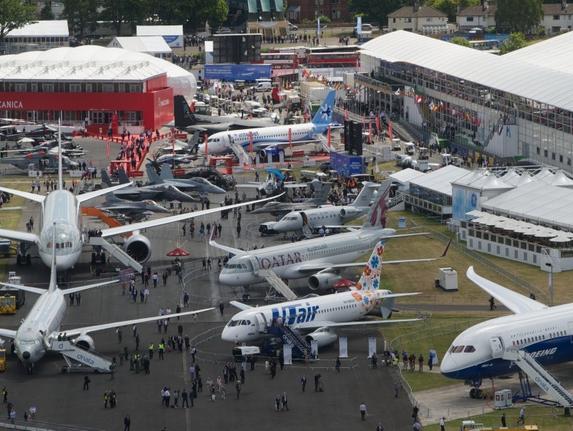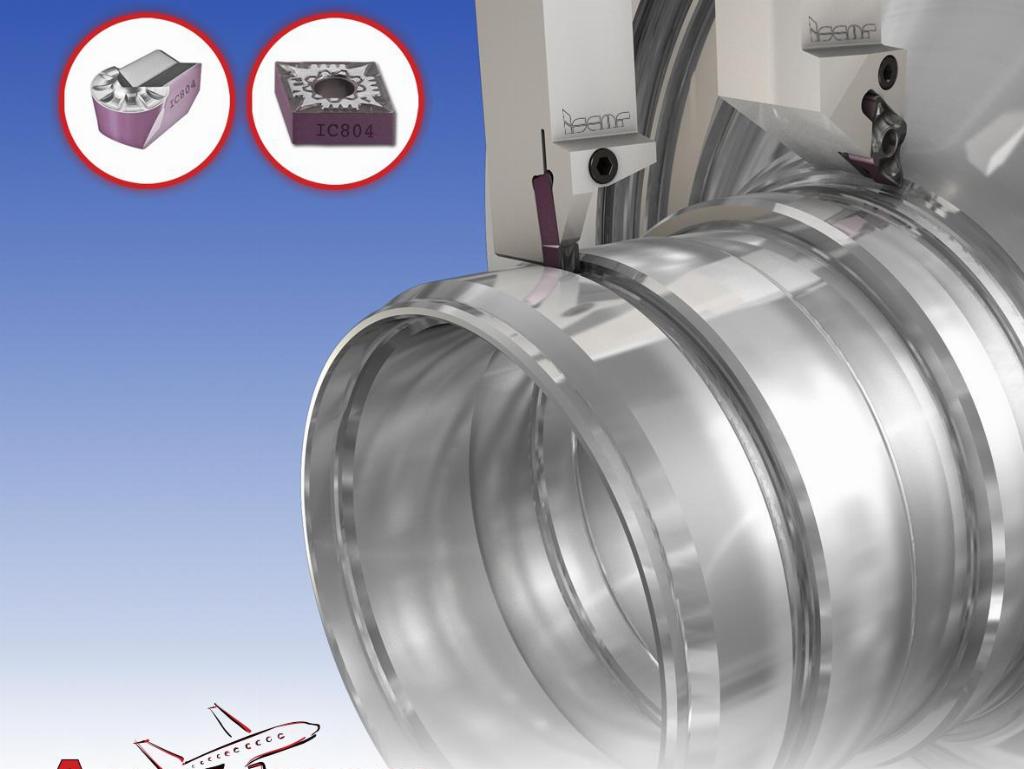Virtual simulation proves Boeing Sheffield productivity gains

Even before the official opening of Boeing’s first production facility in Europe, simulation experts at the University of Sheffield Advanced Manufacturing Research Centre (AMRC) have proved the new factory will be able to increase through-put by up to 50% in the future.
The AMRC’s Manufacturing Intelligence team at AMRC Factory 2050 used virtual reality (VR) modelling for factory layout planning and discrete event simulation (DES) to determine the facility’s potential and validate productivity targets.
The modelling has proved so successful that Boeing could soon be rolling it out worldwide to new and existing sites as the simulation involves no disruption to the workshop floor, since it all takes place in the virtual world.
Technical fellow and head of manufacturing intelligence, Dr Ruby Hughes, said: “DES is an Industry 4.0 technique for modelling a system in the virtual world as a discrete sequence of timed events.
“We created a work package modelling Boeing Sheffield to simulate the proposed workflow on the factory floor to validate productivity targets, examine any uncertainties or what-if events and identify resources such as machines and materials required in a risk-free environment before the factory went live.”
Boeing’s chief IT engineer for vertical integration, Gary Hilton, said: “Boeing is always keen to use Industry 4.0 technologies to optimise production. Through this project we have leveraged our relationship with the AMRC to explore different technologies such as VR and DES, and see how the factory floor would be laid out and operate; including the ability to see areas where we could optimise or increase production capacity in the future.”
The project is the biggest simulation project the AMRC has collaborated with Boeing on and is the first time the aerospace giant has used the technology to plan an entire new facility. It created the opportunity for Boeing to plan factory processes from scratch and showed how production processes would work in real-time.
“Linking a virtual simulation model to Boeing’s production data in real-time will provide continuing benefits for Boeing such as real-time factory monitoring,” Dr Hughes added. “As the workshop floor becomes live, the data will increase the accuracy of the model and allow validation of ongoing operational changes, new technology introduction and identify opportunities to further increase throughput.”
AMRC www.amrc.co.uk














